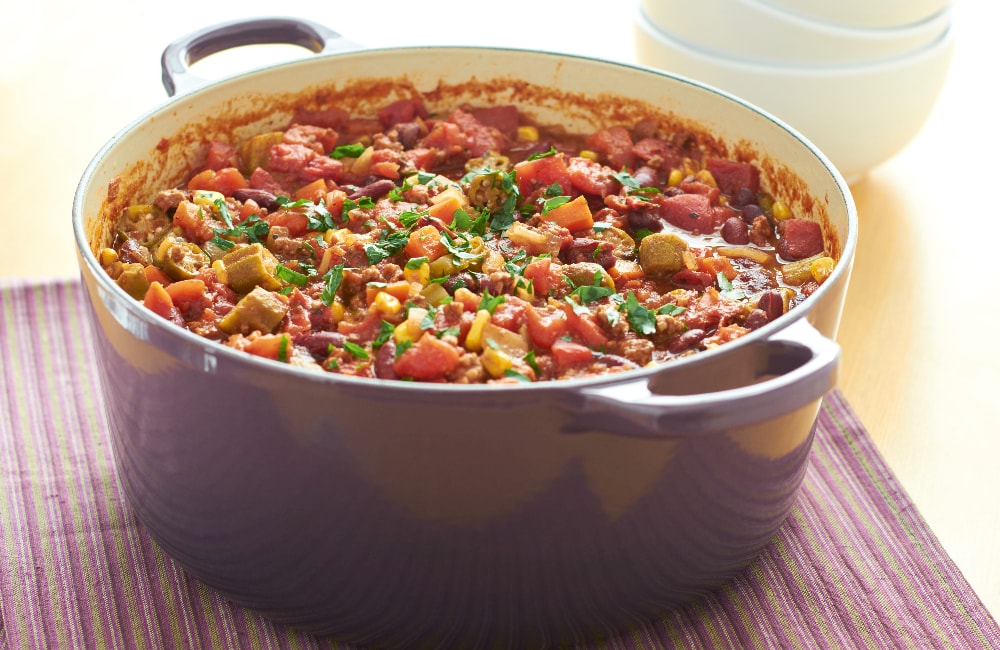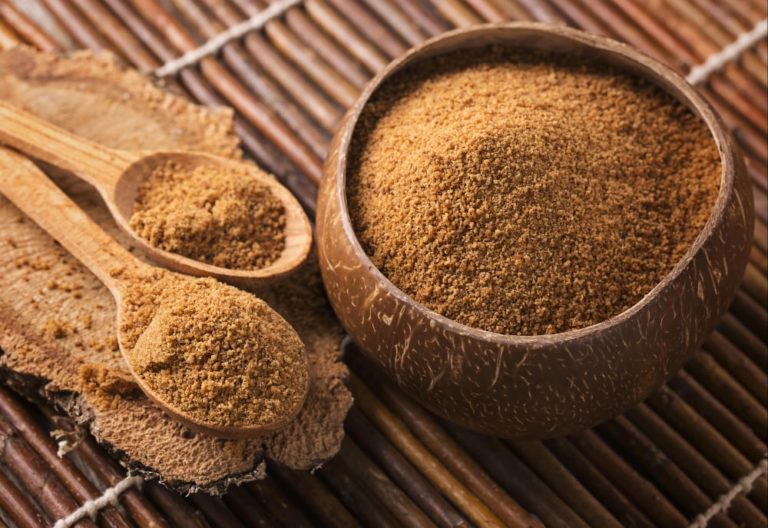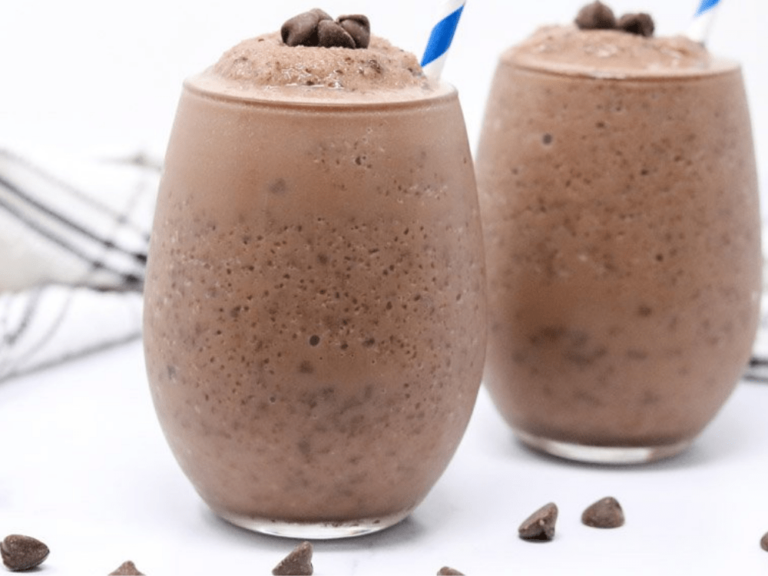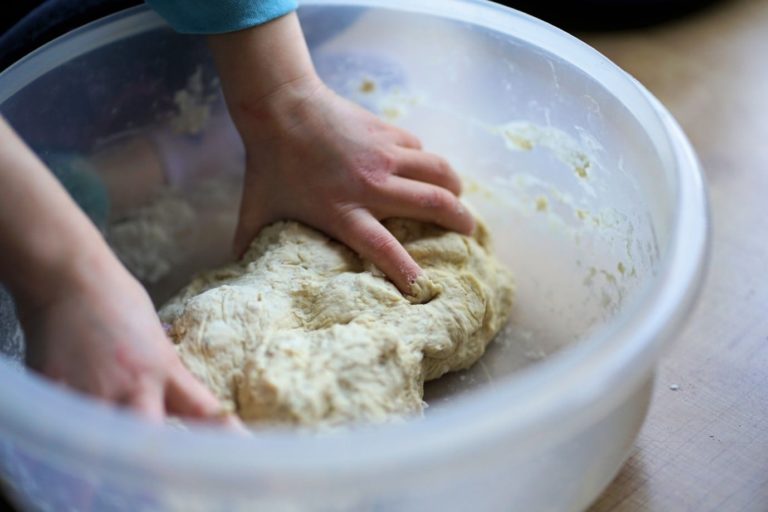Dutch Oven Beef Stew Recipe
This hearty and homestyle Dutch Oven Beef Stew is the ultimate one-pot meal: a thick and flavorful gravy with soft chunks of meat and fresh vegetables. You can use a Dutch oven with a lid or another type of heavy-bottomed pot with a cover for a beef tagine kind of meal, which is very similar to our today’s Dutch oven beef stew.
This recipe makes 12 cups of stew to serve 8-12 people.
Ingredients
- 1 tablespoon butter
- 4 slices bacon, diced
- ½ cup flour
- 2 pounds beef stewing meat (chuck pot roast or similar), cut into cubes
- 1 cup dry red wine
- 1 tablespoon red wine vinegar
- 1 tablespoon tomato paste
- 1 tablespoon minced fresh garlic
- 1 ½ teaspoons salt, divided
- 1 teaspoon black pepper, divided
- 2 sprigs fresh thyme, leaves only
- 1 bay leaf
- ½ teaspoon paprika
- 2 ½ cups beef broth (plus more as needed, see Method, below)
- 2 large onions, diced
- 4 large carrots, peeled and chopped
- 3 potatoes (russet or similar), peeled and chopped into cubes (3/4-inch pieces)
- 8 ounces fresh mushrooms, sliced
Method
- In your large Dutch oven or pot, sauté the bacon in the butter over medium heat for about 3 minutes (or till the bacon is crisp). Remove the bacon using a slotted spoon, and set it aside.
- Pat your beef cubes dry with a cloth or paper towel (this is so that the flour coating will stick better).
- Put the flour, 1/2 teaspoon salt, and 1/2 teaspoon pepper in a bowl. Add the beef cubes, tossing to coat them on all sides.
- Sear the beef pieces in the butter and bacon fat (removing extra flour) for about 5 minutes, or till well-browned on all sides. You may wish to sear your meat in batches so that the cubes are in a single layer. Remove the cubes from the pot once they are cooked, and set them aside.
- Pour the wine and the vinegar into the pot, and scrape the bottom of the pot with a wooden spoon, loosening up any browned bits (which you’ll want to keep in there for flavor).
- Now add both the cooked bacon and the meat cubes back into the pot. Add in the tomato paste, garlic, the rest of the salt and pepper, and the thyme leaves, bay leaf, paprika, and beef broth. Stir well to combine, and then bring the mixture to a boil before reducing to a low simmer.
- Cover your pot and let the stew simmer for about 1 1/2 hours.
- Now add the diced onions and carrots, and simmer for another 10 minutes (covered).
- Add the cubed potatoes and sliced mushrooms, and let simmer for 30 minutes more.
- Check the stew’s consistency and add a bit more beef broth if you prefer a thinner stew. Take out the bay leaf and test the seasoning, adding more salt and pepper if desired, and serve.
Dutch Oven Beef Stew Recipe FAQs
How long will leftover stew keep?
You can keep your stew for up to 4 days in the fridge in an airtight container. If you wish to freeze your stew, it will keep for up to 3 months, though the texture of the vegetables will probably be a bit less firm.
How do I reheat beef stew?
To reheat your stew, you can use your stovetop. Gently heat your stew in a covered pot over low heat. If you need more liquid to thin it out a bit, add some beef broth.
You’ll notice that your chilled stew will have some hard pieces of fat on top. You can remove the fat using a spoon, but you don’t have to: the fat will melt into the stew as it heats.
What’s the best kind of meat I can use for stew?
Slow-cooked or slowly simmered stews do best with “stew beef.” These precut cubes of meat usually come from the chuck (front shoulder) or round (rear muscle) and have tough connective tissue. When you simmer this type of meat in a liquid, the connective tissue breaks down and gives you very tender morsels of meat.
What can I use instead of wine?
If you want an alcohol-free dish, substitute the wine with an equivalent amount of beef broth.
What can I serve with beef stew?
Here are some tasty ideas for what to serve with your beef stew:
- Noodles of your choice
- Rice, quinoa, buckwheat, or another favorite grain
- Sourdough bread, French baguette, beer bread, or another hearty type of bread
- Bread rolls or biscuits
- Sautéed veggies such as green beans, collard greens, asparagus, broccoli, cabbage, or spinach







